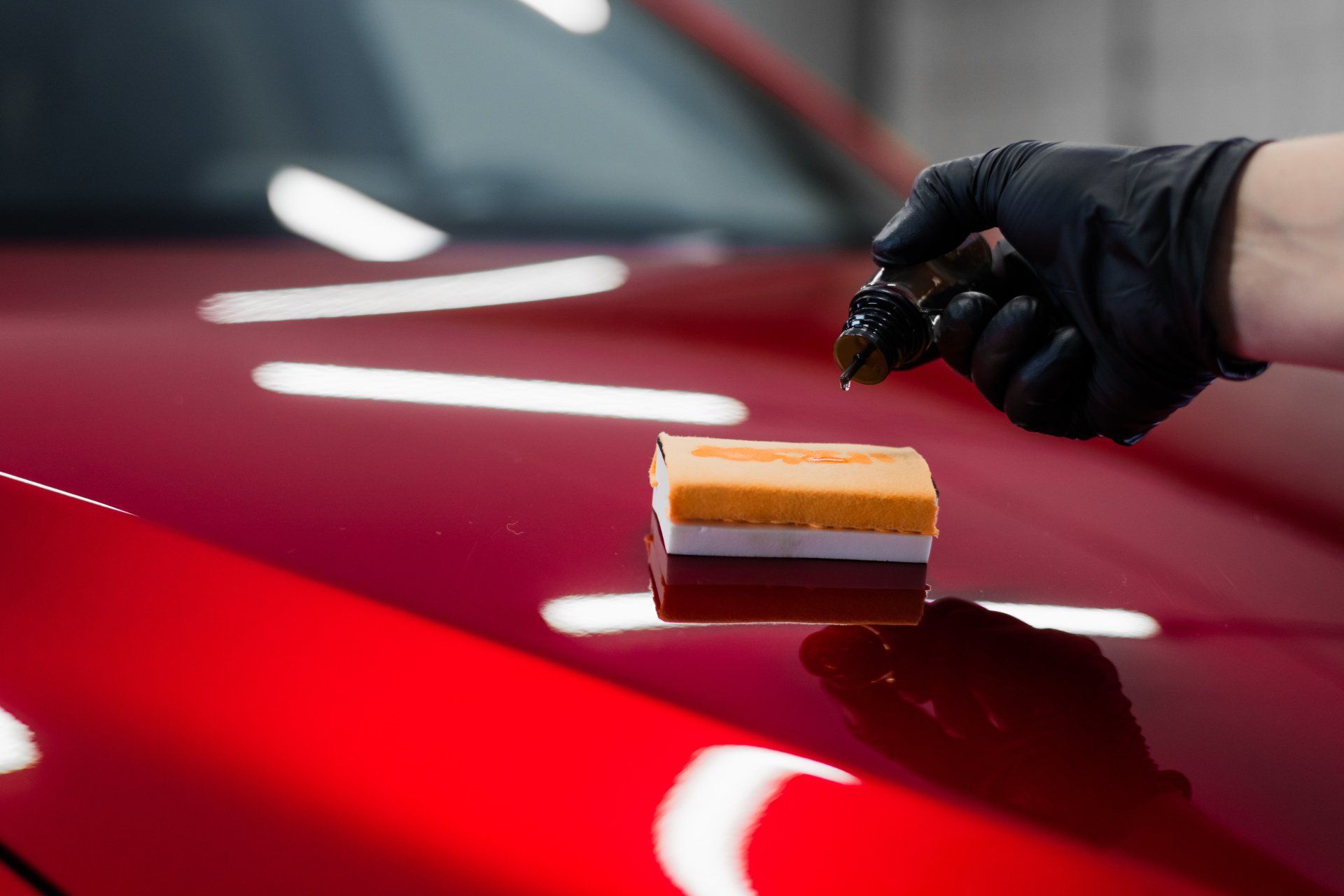A Comprehensive Overview to the Sorts Of Ceramic Finish on the Market
Ceramic coverings have emerged as a pivotal option across different industries due to their unique residential properties and applications. As we explore the distinct characteristics and applications of these finishes, the ramifications for performance and longevity become increasingly noticeable, increasing concerns regarding which type could ideal suit your needs.
Comprehending Ceramic Coatings
Ceramic coverings are innovative protective solutions that have actually obtained appeal in numerous markets, specifically in automotive and aerospace applications. These coverings include a liquid polymer that, when cured, creates a sturdy, hydrophobic layer on the surface of the substrate. This layer provides boosted resistance to ecological pollutants, UV radiation, and chemical exposure, thereby extending the life and visual allure of the underlying material.
The essential component of ceramic layers is silica, which contributes to their firmness and sturdiness. The application procedure usually entails surface area prep work, application of the finishing, and treating, which can be accomplished through warm or UV light. Once healed, ceramic finishes show remarkable bonding residential or commercial properties, permitting them to stick strongly to a range of surfaces, including metals, plastics, and glass.
In addition to their protective attributes, ceramic coatings also offer ease of maintenance. Their hydrophobic nature lowers the adherence of dust and grime, making cleaning easier and much less regular. Generally, the adoption of ceramic layers represents a significant advancement in surface defense innovation, supplying both functional and aesthetic benefits throughout numerous sectors.
Sorts Of Ceramic Coatings
Different kinds of ceramic finishes are available, each developed to fulfill details performance needs and applications - Car Detailing. One of the most common types include:
Silica-based Coatings: These finishings mostly include silicon dioxide and are understood for their resilience and chemical resistance. They are extensively made use of in automotive and commercial applications.
Titanium Dioxide Coatings: Prominent for their photocatalytic buildings, titanium dioxide coatings are commonly used in atmospheres where self-cleaning and antifungal residential or commercial properties are preferable, such as in structure products and auto surfaces.
Zirconia Coatings: Defined by their high-temperature stability and thermal resistance, zirconia layers are used in applications such as wind turbine engines and high-performance automobile parts.
Alumina Coatings: Displaying excellent hardness and thermal security, alumina layers are regularly made use of in wear-resistant applications, consisting of cutting devices and industrial machinery. - Paint Protection Film
Crossbreed Coatings: Incorporating the residential or commercial properties of numerous products, crossbreed finishes provide improved efficiency features, making them ideal for distinct and demanding applications.
Each kind of ceramic coating serves distinctive objectives, permitting individuals to pick one of the most suitable solution based on certain ecological conditions and efficiency requirements.
Benefits of Ceramic Coatings
Coatings play an essential role in improving this hyperlink the efficiency and durability of surface areas throughout numerous markets. Ceramic finishings, specifically, deal many benefits that make them increasingly popular among manufacturers and customers alike. Among Resources the main advantages is their outstanding sturdiness. These layers are immune to scratches, chemicals, and UV rays, guaranteeing that the underlying surface area continues to be secured over time.
Along with longevity, ceramic coverings give exceptional hydrophobic properties, enabling very easy cleaning and upkeep. This water-repellent nature decreases the adherence of dust, gunk, and various other impurities, which can lengthen the visual appeal and performance of the surface. Moreover, ceramic finishes can significantly enhance thermal resistance, making them optimal for applications that withstand high temperature levels.

Application Process
When using ceramic layers, a thorough method is necessary to accomplish optimal outcomes. The application process normally starts with thorough surface prep work. This involves cleaning, sanitizing, and polishing the surface area to eliminate all contaminations, consisting of dust, grease, and prior waxes or sealers. A clean surface area makes sure appropriate attachment of the coating.
Once the surface area is prepped, the following step is to apply the ceramic coating. The covering should be used in slim layers, as thicker applications can lead to irregular coatings.
After application, the covering calls for a specific healing time, generally ranging from a few hours to a complete day, depending on the product. During this moment, it is crucial to prevent exposure look at this website to dampness or impurities. A mild buffing may be needed after healing to boost the gloss and get rid of any high places. Complying with these steps diligently will make the most of the performance and long life of the ceramic finish, offering a durable safety layer for the surface area.
Upkeep and Durability
To make sure the long life and efficiency of a ceramic finishing, routine maintenance is crucial. Ceramic layers, recognized for their resilience and safety top qualities, require certain care routines to optimize their life-span and performance. The very first action in maintenance includes routine washing with pH-neutral soap, preventing rough chemicals that can deteriorate the covering. It is suggested to clean the lorry routinely, preferably every two weeks, to stop the accumulation of pollutants that can jeopardize the finishing's integrity.
In enhancement to normal washing, periodic evaluations are important. Seek indications of wear or damage, such as hydrophobic buildings reducing or surface flaws. If essential, a light gloss may be applied to renew the covering without stripping it away.
Additionally, the application of a booster spray can improve the layer's hydrophobic effects and restore its gloss. This is specifically useful for layers that have been in use for an extended duration. Inevitably, by sticking to these maintenance techniques, one can dramatically prolong the life of a ceramic covering, making certain that it remains to give optimum security against environmental factors and maintain the visual allure of the car.
Verdict
